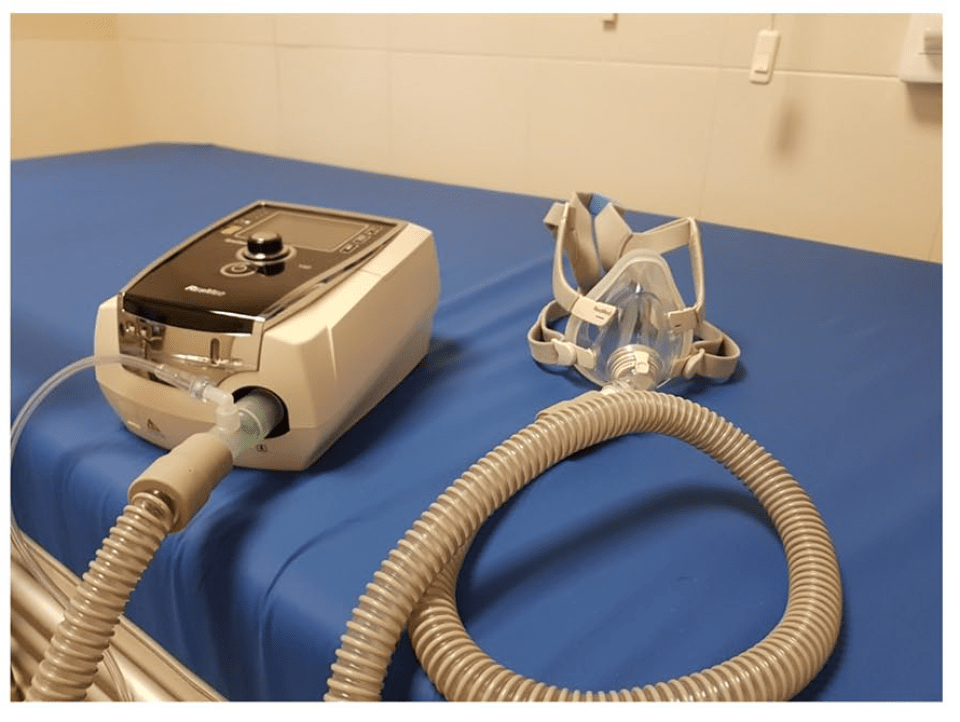In some cases, interstitial lung disease is characterised by inflammation and, in others, by a propensity for pulmonary fibrosis, which leads to a loss of pulmonary alveoli (the part of the bronchi that allows oxygen to enter the blood). As such, this pulmonary space is occupied by fibrous tissue that is no longer functional. All of this causes a reduction in arterial oxygen levels, especially when doing physical activity, and this tends to progress as the disease develops.
Oxygen therapy at home provides significant benefits for patients with interstitial lung disease, by improving the concentration of oxygen in the arterial blood. This therapy consists of administering oxygen from a deposit or tank, with the aid of a concentrator unit, that finally reaches the patient through nasal cannulas. Scientific evidence shows that the administration of oxygen for more than 15 hours a day improves the survival of patients who present chronic respiratory failure.
Nevertheless, at some moments, for example during physical exertion, conventional oxygen administration devices cannot be used due to the difficulty of transportation. In these cases, portable oxygen therapy equipment can be used, but due to the limited flow of these systems, their use may not be enough to satisfy the oxygen requirements of patients during exertion.
For this reason, taking into consideration the different mechanisms that contribute to respiratory failure in this group of diseases, the beneficial effect of a non-invasive ventilation (NIV) system associated with oxygen therapy was proposed, with the objective of improving the lung volume achieved by the patient with each inhalation (tidal volume) and reducing the work of breathing and feeling of breathlessness with exertion.
The Interstitial Lung Disease Working Group at Hospital Clínic recently carried out a study in which conventional oxygen therapy is compared to the use of a combined non-invasive ventilation system added to patients’ usual oxygen flow. Its efficacy was tested when carrying out the six-minute walk test. This new system consists of a positive airway pressure ventilator (BiPAP) connected to an oxygen deposit through an adaptor that is supplied to the patient through an oronasal mask.
The study tested the effectiveness of the combined use of oxygen therapy and this non-invasive ventilation device. It was shown that use of the non-invasive system increases oxygen saturation in patients. It also improved tolerance to exercise and significantly reduced the feeling of breathlessness compared to the results when traditional nasal cannulas were used.
All this involves an importance advancement in the tolerance to physical exertion, reduction in feelings of breathlessness, and could possibly improve the results of rehabilitation in these patients. As a consequence, it could significantly improve their quality of life.
Author: Dr Sandra Cuerpo, pulmonologist at the Inflammation and Repair in Respiratory Diseases Working Group




